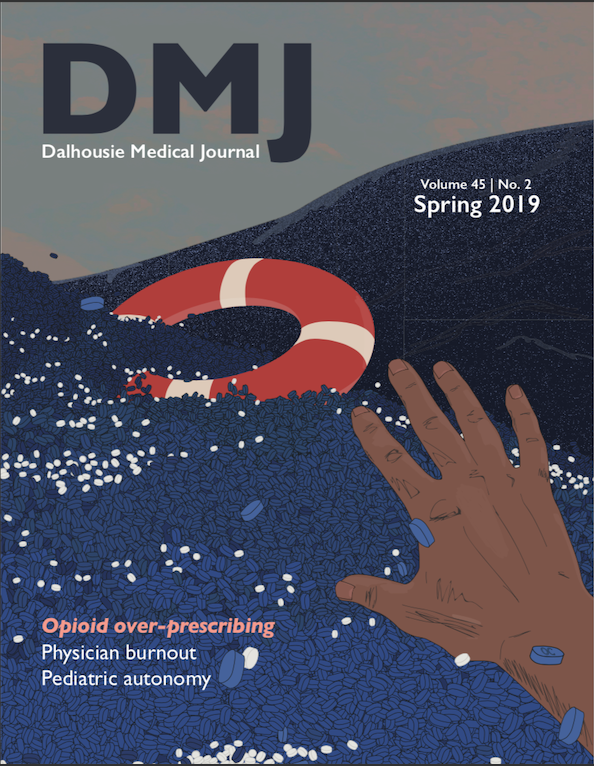From expressionless to impressionist: Exploring the link between neurological disease and artistic style in painters
DOI:
https://doi.org/10.15273/dmj.Vol45No2.8995Abstract
This paper discusses the relationship between various types of neurological disease and stylistic changes in painters. By first outlining the hypothesized neuroanatomical bases of creativity, the discussion then relates localized brain damage to various stylistic changes in painters and previously non-artists. It also explores artistic style in the context of more global neurological damage, such as dementias and neurotransmitter imbalances.The literature suggests that focal neurological insults (such as strokes or head injuries) may more often lead to focal deficits in painters, such as the loss of visuospatial ability or partial hemineglect. More widespread neurological damage may be associated with more global stylistic changes; for example, dopamine replacement therapy for Parkinson‘s disease has been shown to produce a more impressionist painting style in numerous recorded artists. In several case studies, brain damage actually led to the emergence of de novo artistic ability.While these changes in artistic style may not be rigidly predictable based on the limited literature available, this paper demonstrates that both artists and non-artists may experience significant changes in artistic style after neurological disease. Patient narratives also suggest that painting may serve as an empowering personal coping and communication strategy, aiding patients in navigating their complex illnesses.
Downloads
Published
How to Cite
Issue
Section
License
Authors who publish with this journal agree to the following terms:
- Authors retain copyright and grant the journal right of first publication with the work simultaneously licensed under a Creative Commons Attribution License that allows others to share the work with an acknowledgement of the work's authorship and initial publication in this journal.
- Authors are able to enter into separate, additional contractual arrangements for the non-exclusive distribution of the journal's published version of the work (e.g., post it to an institutional repository or publish it in a book), with an acknowledgement of its initial publication in this journal.
- Authors are permitted and encouraged to post their work online (e.g., in institutional repositories or on their website) prior to and during the submission process, as it can lead to productive exchanges, as well as earlier and greater citation of published work (See The Effect of Open Access).


